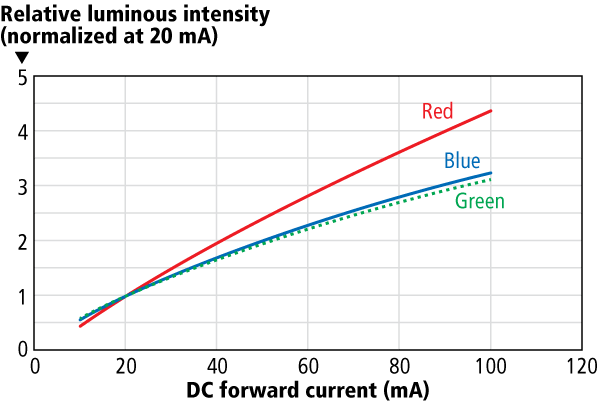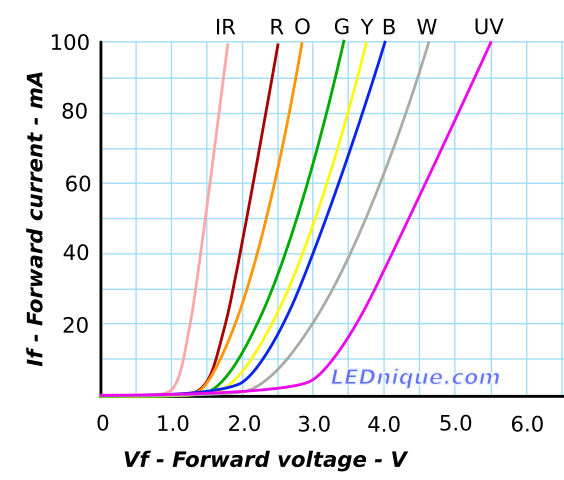I'm building a parallel circuit that uses a red LED and a green LED and a 3v power supply. I know that I use a higher Ohm resistor (using 130 Ohm) on the red LED because it has a lower forward voltage than the green LED (using 75 Ohm on that one). I also know that if I used the same 75 Ohm resistor on both, the red LED will glow brighter than the green LED.
How do I talk about what the resistor is doing? Do I say that the red LED needs less current than the green LED to glow as brightly, so it has a stronger resistor to reduce the current? Or do I say that the red LED needs less voltage than the green LED to glow as brightly, and the resistor soaks up voltage because of V=IR? It seems like resistors are always talked about with current, but LEDs are always talked about with voltage. Not sure if there's even really a difference between these two ways of phrasing.



